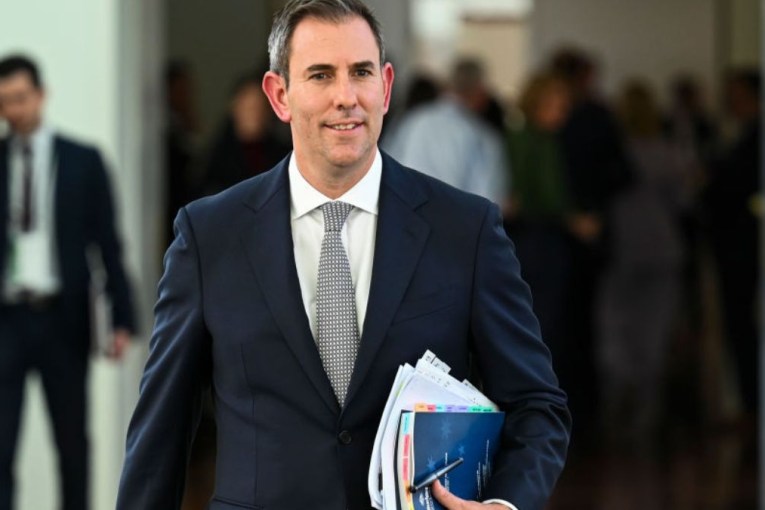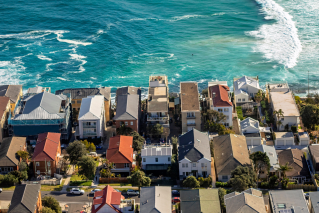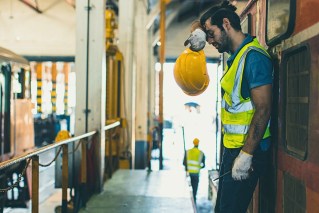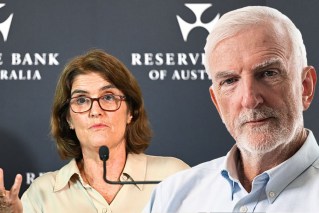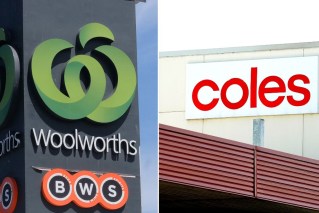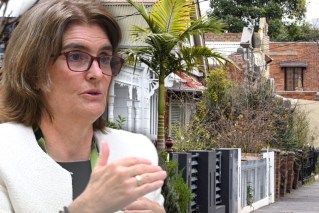‘Emergency situation’: Homelessness ramps up amid rental crisis

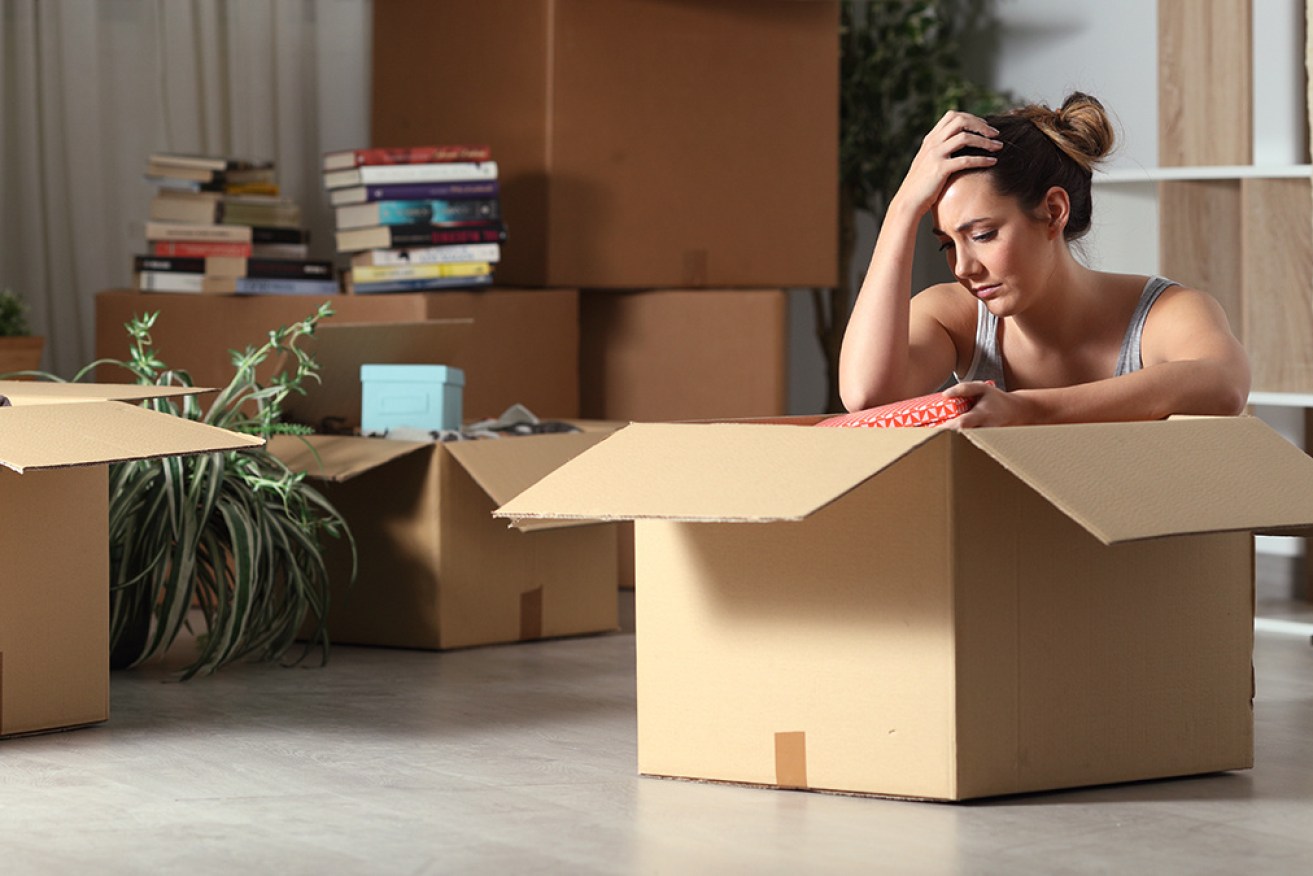
Australian renters are facing the toughest times. Photo: Getty
If you’re finding it near-impossible to find a rental, you’re not alone.
Rents have never been less affordable, according to a new report by Anglicare Australia, and experts warn the lack of options for people on the minimum wage and government payments has already led to an increase of homeless people.
The report found of the 45,895 rental listings across Australia, a person earning a full-time minimum wage would be able to afford just 345 rentals (0.8 per cent).
With the national rental vacancy rate sitting at a record-low 0.9 per cent as of March, low-income Australians in the market for a roof over their heads are feeling the screws tighten.
“Each year, we think the market couldn’t get any worse. And each year, we’re shocked to see that it can,” said Anglicare Australia executive director Kasy Chambers.
“This is the first time we have ever seen the number of affordable listings for a full-time minimum wage earner crash to below 1 per cent.
“If full-time wage earners are doing it tough, then people on Centrelink payments don’t stand a chance.”
The report found just four properties were affordable and suitable for a single person on JobSeeker; all of them rooms in share houses. Not a single property was affordable for a person living on Youth Allowance.
A single parent hoping to find a home for themselves and their child would be competing with others for the 67 listings affordable to them across the country.
Once the child is over eight years old, forcing the single parent to move from the parenting payment to JobSeeker, only six properties are affordable.
Worst is yet to come
Louis Christopher, managing director of property research firm SQM Research, said the current state of the rental market is the worst he has seen in more than two decades of professionally analysing housing markets.
And rental affordability will deteriorate still further in capital cities.
The pandemic saw many Australians swapping city centres for regional living, but a push from bosses to return to the office has seen the pendulum swing back, relieving some pressure on regional rental markets but upping the ante in the capital cities, Mr Christopher said.
Australians aren’t the only ones fighting for space; migrant arrivals totalled 395,000 in the 2021-22 financial year.
Net overseas migration is projected to reach 650,000 over the two financial years, 2022-23 and 2023-24, in part thanks to the government increasing the number of permanent migration visas by 35,000 places.
There simply isn’t enough affordable and available housing for people already in Australia, let alone the hundreds of thousands more to come.
Mr Christoper said the lack of rental stock, coupled with an expanding population, means a rise in homelessness is “absolutely on the cards”.
“Indeed, there is now evidence of some tent cities starting to pop up in some areas of certain cities – in Melbourne, for example – and we’re only going to see an expansion of that,” he said.
“That is something that we’ve not really seen in Australian society before.
“I’m not suggesting for a moment we’ll get to the point of what you’re seeing in Los Angeles and San Francisco, but we’re starting to see it, and that’s not the society we want.”
Homelessness is ramping up
Homelessness Australia CEO Kate Colvin said more Australians struggling to find a rental means more are facing homelessness.
She said homeless support services are reporting big increases in the numbers of people coming through the door, but are being forced to turn away people as capacity isn’t increasing.
“I was hearing the other day from a major access point for the homelessness service system in Victoria, who are turning away twice as many people as they’re able to see,” Ms Colvin said.
“So they’re seeing about 3500 people a year, but they’re turning away 7000.
“Basically, people who are in urgent need are just not able to get the support that they need, because the numbers of people have increased so much and the resources available to support people haven’t really increased at all.”
This lack of support from homeless services means people have to live in their cars, on the streets, couch surf, or return to potentially violent home situations.

Tight and expensive rental conditions mean more Australians face living on the streets. Photo: Getty
“This is kind of ruining people’s lives, because they can’t then properly participate in work, their health suffers, it’s very stressful,” Ms Colvin said.
“And people can also end up in really dangerous situations, for example, having to sleep somewhere where they might be vulnerable to violence – that’s the biggest risk.”
She said homeless services are noticing a shift in the demographics seeking help.
People relying solely on government payments have typically struggled to keep a roof over their heads, but more workers are now finding they can’t afford to rent.
What needs to change?
More housing supply is desperately needed.
In April, the National Finance and Housing Investment Corporation estimated 331,000 households are in rental stress and 46,500 households are experiencing homelessness.
From 2023 to 2033, there is expected to be a -79,300 shortfall in new dwellings in relation to demand.
Mr Christopher said the federal and state governments need to install further incentives for investors to fund new dwellings in the face of rising interest rates, and disincentives for developers that are sitting on empty land for too long.
The government should also be looking at giving the current population some relief by slowing down migration in the short to medium-term.
“We’ve got an emergency situation here in the rental market … at this point in time, more people coming in means … more people on the streets. That is a reality,” he said.
Mr Christopher said Australia should also encourage more build-to-rent homes, and employers should look at pursuing more work-from-home arrangements.
A level investment playing field for build-to-rent developments could create 150,000 rental homes over 10 years, which would help alleviate pressure on the rental market, a study commissioned by the Property Council of Australia and conducted by EY found.
Australia also needs more investment in social and affordable housing, something Prime Minister Anthony Albanese promised to deliver via $10 billion allocated to build 30,000 homes in his May 2021 budget reply.
Some states and territories have also committed to building up their social housing portfolios, but are still largely expected to fall short of demand, with about 185,000 people across Australia on waiting lists for public and community housing.
